Le vieillissement de la population présente des défis pour tous les pays
Selon le Population Bulletin de mars 2005 publié par le PRB, la population mondiale vieillit, ce qui présente de nombreux défis tant pour les pays riches que les pays pauvres.
Selon le Population Bulletin de mars 2005 publié par le PRB, la population mondiale vieillit, ce qui présente de nombreux défis tant pour les pays riches que les pays pauvres.
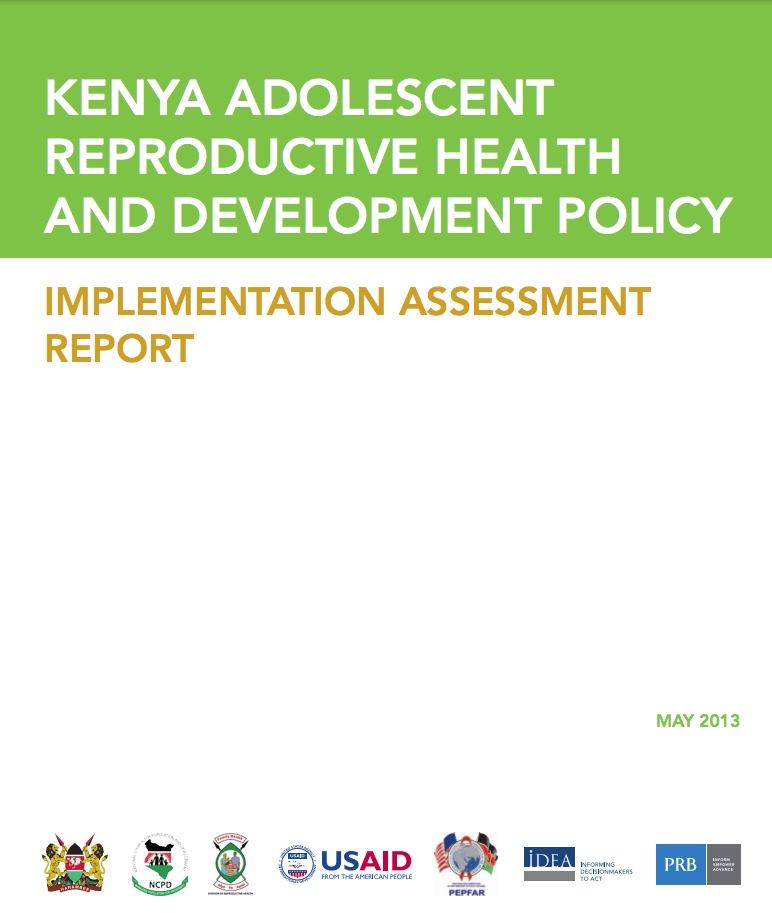
Project: IDEA: Informing Decisionmakers to Act
(2013) Developed in 2003, the Adolescent Reproductive Health and Development (ARHD) Policy was the first in Kenya to focus on improving the reproductive health and well-being of adolescents and youth.1 Ten years since the policy was developed, Kenya has experienced much advancement and change in the social, economic, and political environment for ARHD.
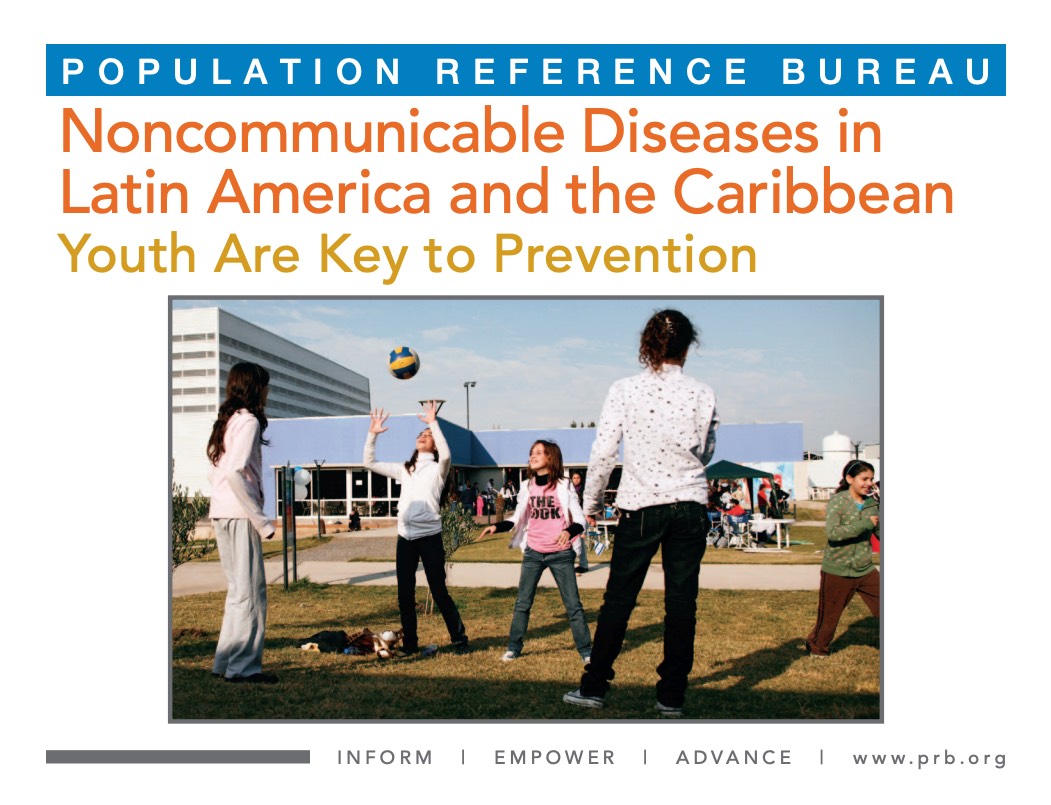
Project: Combatting Noncommunicable Disease Risk Factors in Youth
(2013) The four major NCDs—cardiovascular disease, most cancers, diabetes, and chronic respiratory diseases—will account for approximately 81 percent of deaths in Latin America and the Caribbean by 2030, and 89 percent of all deaths in high-income countries.
The aging of the baby boom generation could fuel a 75 percent increase in the number of Americans ages 65 and older requiring nursing home care, to about 2.3 million in 2030 from 1.3 million in 2010, the Population Reference Bureau (PRB) projects in a new report.
(2014) Les structures et tendances démographiques d’Israël sont uniques, un reflet de l’avenir complexe de la région qu’il soit politique, culturel ou religieux.
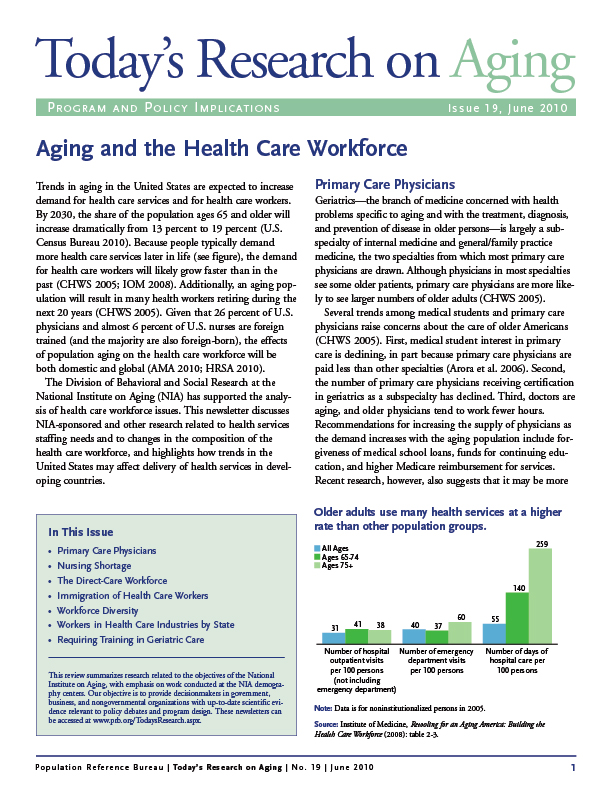
Project: Demography and Economics of Aging and Alzheimer’s Disease
Trends in aging in the United States are expected to increase demand for health care services and for health care workers. By 2030, the share of the population ages 65 and older will increase dramatically from 13 percent to 19 percent.
(2011) Vouchers are frequently mentioned as a promising alternative finance mechanism to achieve a variety of goals in health systems and reproductive health services. Do vouchers work?
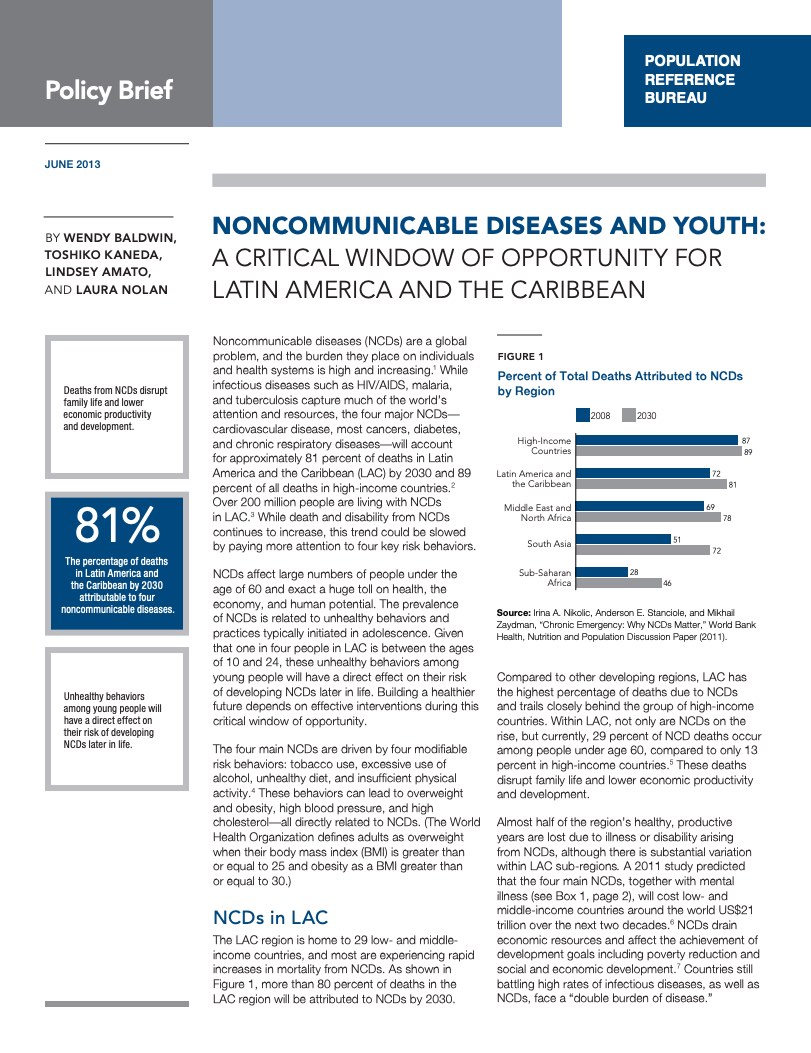
Project: Combatting Noncommunicable Disease Risk Factors in Youth
(2013) Noncommunicable diseases (NCDs) are a global problem, and the burden they place on individuals and health systems is high and increasing.
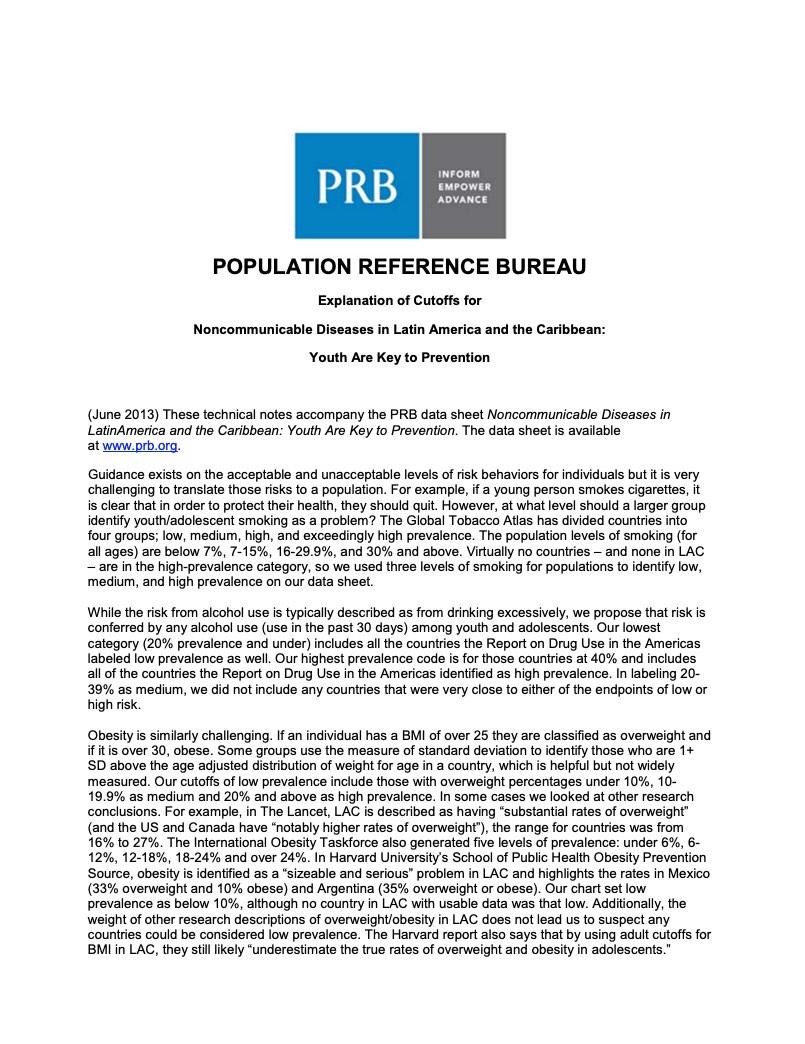
Project: Combatting Noncommunicable Disease Risk Factors in Youth
(2013) The four major NCDs—cardiovascular disease, most cancers, diabetes, and chronic respiratory diseases—will account for approximately 81 percent of deaths in Latin America and the Caribbean by 2030, and 89 percent of all deaths in high-income countries.